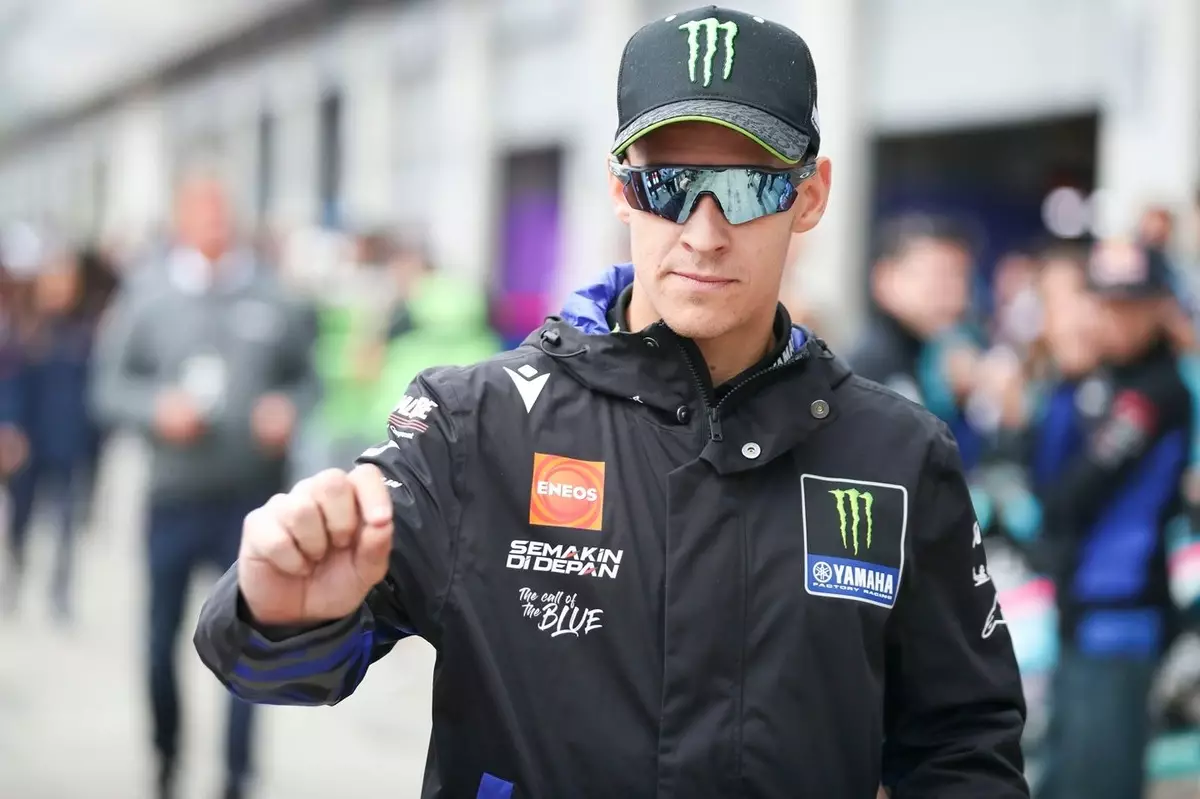Yamaha’s recent struggles in MotoGP have sent ripples through the paddock, fueling debate over the manufacturer’s cautious approach to developing its new V4 racing engine. After a disappointing showing at the Austrian Grand Prix, where all four Yamaha bikes finished at the back of the field, the urgency for change has intensified. Critics argue that Yamaha’s delay in integrating the V4 into competition may be hampering their competitive edge, and the rider consensus suggests that a more aggressive testing and racing schedule could be the key to regaining lost ground. Fabio Quartararo, Yamaha’s top rider, openly questions the slower development timeline, advocating for an earlier deployment of the new machine if it demonstrates promising performance.
Quartararo’s Advocacy for Rapid Testing
In interviews leading up to the Hungarian Grand Prix, Quartararo expressed a desire to accelerate the motorcycle’s testing process. He believes that the current development pace is too slow, citing that the bike’s readiness is not entirely based on his personal judgment, but rather on the cautious stance of Yamaha’s engineers and management. The French rider emphasized that his main concern is the bike’s performance level—specifically, how close it can get to the current machine. His argument is clear: if the V4 can deliver lap times within half a second of the existing inline-four, it would be a significant step forward, potentially warranting race participation rather than further testing.
The Gap Between Development and Reality
Yamaha’s development of the V4 project is shrouded in secrecy, with only test riders and limited team members having experienced the machine so far. This scarcity of information fuels speculation that the bike is not yet competitive enough, especially considering comments from Alex Rins indicating that, at one point, the V4 was roughly two seconds slower per lap than the current Yamaha. While this figure suggests the new engine is still in its infancy, Quartararo’s willingness to race it if it’s within half a second reveals a pragmatic approach: he’s willing to prioritize progress over perfection. It shows that Yamaha’s victory might lie in rapid, brave experimentation rather than cautious stagnation.
The Risk or Reward of Accelerating Development
The crux of Yamaha’s challenge is balancing risk and reward. Pushing the new V4 into competition too early could mean risking reliability, rider safety, and ultimately, race results. However, Yamaha’s reluctance to test the bike publicly or race it before it’s deemed “ready” could condemn them to years of underperformance. Quartararo’s stance suggests that the team must re-evaluate what “ready” means—perhaps a bike that is merely close in lap times could be enough to gain valuable insight and speed up development. This strategic gamble has the potential to either propel Yamaha back into frontrunning contention or set them further adrift if the machine fails to deliver.
Ultimately, Yamaha might need to embrace a more aggressive approach, trusting their rider’s instincts and pushing their innovations into the real-world heat of competition. The question remains: can Yamaha’s cautious strategy evolve into a bold leap forward, or will hesitation cost them precious championship opportunities?


Leave a Reply